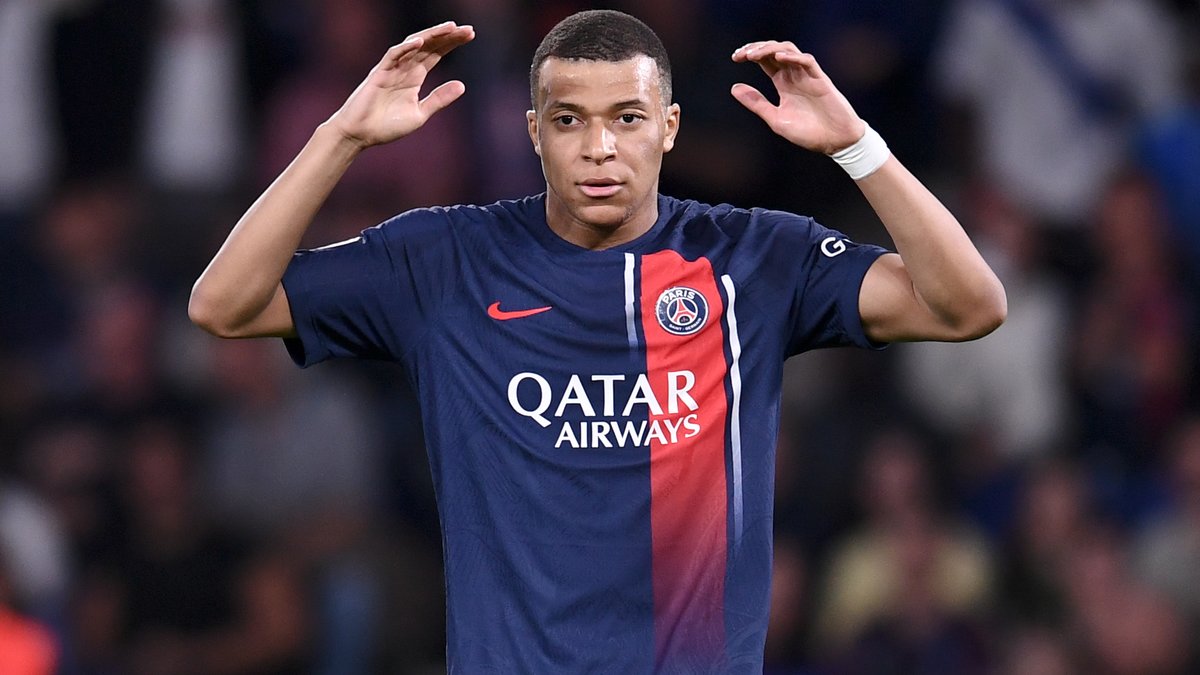
Media literacy for young people is technically better, but the language is weak
Young people’s media literacy is better in technology, but with greater language difficulties, according to a survey published today that puts Portuguese people on the same line with their peers from six other European countries.
According to the results of the pilot phase of “EduMediaTest”, a tool that assesses skills and training in “media” education and which has been applied in seven European countries, the Portuguese are on the same level as other young people.
In addition to Portugal, where 2,636 young people aged 14-18 were interviewed, EduMediaTest was implemented by entities in Catalonia (Spain), France, Ireland, Slovakia, Croatia and Greece.
“The dimension in which Portuguese students and their European colleagues are most proficient is technology, followed by the aesthetic dimension,” the Media Regulatory Authority (ERC) said in a statement.
In the study, youth media literacy was assessed on the basis of six dimensions. In addition to technology, which presupposes the ability to work with technological innovations that enable communication, multimedia, aesthetics, reception, production and dissemination, language and ideology were evaluated.
With an average score of 14.45 out of 60.5 points, if the young Portuguese performed well in terms of technology and aesthetics, he showed more problems in the language part.
This dimension includes, for example, the ability to establish relationships between texts, analyze and evaluate messages and express oneself through different systems of representation and meaning.
“Young people (…) have lower levels with regard to dimensions that require interpretation of information, use of language, as well as questions of ideology or that relate to the functioning of ‘media’ as a company or its organization, for example,” the explanation said.
Portugal has slightly surpassed the average of the other six European countries in four of the six dimensions (aesthetics, technology, production and distribution and language), but on the whole they are all on the same level and the facilities and difficulties experienced by some are identical to those of the rest.
The report stresses that “the results of 8,699 youth tested in all countries underscore the need to invest in training in various media literacy.”
Looking at the results of more than 2,000 Portuguese students from grades 8 to 12 in 25 public and private schools in all regions of the country, girls scored slightly higher than boys.
Average scores also increase with the age of the students.
In addition to the results obtained during “EduMediaTest”, co-financed by the European Commission under the “Media Literacy for All” programme, the report also notes that the vast majority of young people have a mobile phone connected to the Internet and from their own computer. , but less than half of them have access to newspapers, magazines, or books at home.
The mother’s educational level also appears to have a positive effect on student performance.
Among the recommendations, which highlight the need to enhance media literacy, the report also highlights that schools are working with “media” to help improve skills and understanding of media content production and that schools are also eliminating those responsible for education and training in the field.






.jpg)